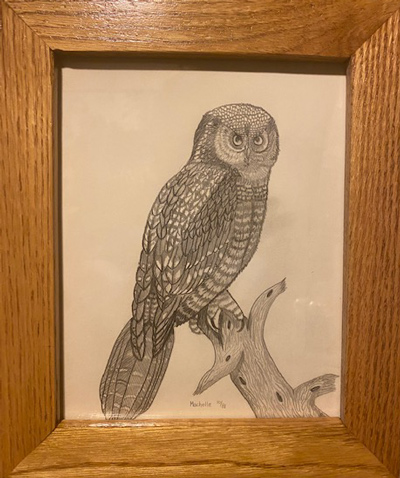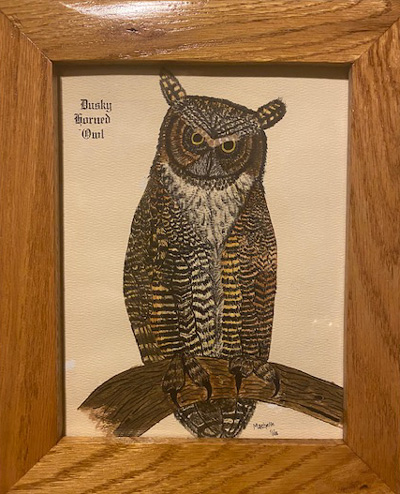|
October
2021
Contents
Monthly Meeting
Upcoming Field Trips
President's Message
Bird of the Month
Special Articles
Field Trip Reports
OCTOBER MEETING:
Date:
Oct 21st at 7pm
Alison Williams is a biologist for one of the more remote
wildlife refuges in the US, Izambek National Wildlife Refuge in Cold Bay,
Alaska. She’s passionate about birds and bird conservation and has worked
with waterfowl and other species in Alaska for the last few years. I'm
excited to have her talk to us about her experiences working in extremely
remote and wild parts of Alaska and the projects she is currently working
on.
FIELD TRIPS:
|
Big Sit
Saturday, October 9th, sunrise to sunset
Provo Airport dike at the southwest corner. Sign up
so they'll let you in, on the
UCB Facebook page.
Bring yourself, bring your friends, bring a chair, and
come join us!
The Big Sit is an annual, international, noncompetitive bird count that was
started in 1992 by New Haven Birding Club in New Haven Connecticut. Our
count circle will be registered and reported. Photos and updates from the
day of the count are welcome to be posted on the Big Sit Facebook page.
The Big Sit rules are:
We will be counting birds from a 17 foot diameter count circle on the
southwest corner of the Provo Airport Dike. You must be inside that circle
to count birds for the count. All species seen from inside that circle from
midnight to midnight on the count day may be counted. We will keep a running
total of species observed from within the count circle and submit it at the
end of the count. If you see a bird from inside the circle but need to move
outside to get a better look to ID it, that is ok, as long as you can see it
from inside the circle. However, all birds must be seen by a birder standing
inside the circle for them to count.
Come out and join us! Feel free to stop by for an hour or stay all day-
whatever you have time for, just sign up on our Google spreadsheet. Birders
of all experience levels and ability are welcome!
|
President's Message -
October 2021
by Machelle Johnson
Owls of North America
A couple months ago I wrote about
Raptors of the World. It really got me thinking about Owls. I like owls so much
that my grandkids call me Grandma Hootie, or just Hootie. When they come to my
house I always say "Hoooo's Here?", and they run to me yelling "Hootie!!!" True
story.
Way back in the day I sketched a couple of owls, one is in
pencil, the other is watercolor. Can't remember why I labeled the one a Dusky
Horned Owl...the other one isn't labeled, but it looks like a Northern Hawk Owl
to me. I know, I'm the one that did the sketch, but it was a really long time
ago! I'm not a great artist, I know, but I like these.
Some things I love about owls are that because their eyes are fixed in their
sockets they can't move them side to side, so to compensate they can turn their
head so far to the back to either side. And that their seeing and hearing are so
acute, they can hear the sound of prey scurrying in the brush or dirt, or under
the snow, pinpoint the location and swoop in for the kill even if they don't see
it. And that they fly silently! And can carry prey that is bigger and weighs
more than they do! And their feathers act like an invisibility cloak when they
are perched on a branch near the trunk of a tree, or in a cavity. They are
really fantastic!
Anyhoo, I don't have an Owls of the World book, but that would be really cool.
I've got one called Owls of California and the West and I have several different
field guides. As in my other report about raptors, we find that several of the
owls of North America can or have been seen here in Utah.
Per the Utah Checklist, there are 13 owl species that have been seen in Utah:
The Barn, Western Screech, Great Horned, Northern Pygmy, Long Eared, Short
Eared, Spotted, and Northern Saw-whet Owls are listed as permanent residences.
The
Flammulated and Burrowing Owls are listed as summer residences, and the Boreal
Owl is listed as Occasional. Snowy and Great Gray Owls are Accidental.
There are 23 owls listed on the ABA checklist, but Sibley only lists 19 in his
2nd Edition Field Guide:
In addition to those above, in the north, west and south we can find the
Northern Hawk Owl, Whiskered Screech Owl, Ferruginous Pygmy Owl and Elf Owl. In
the east we can find the Eastern Screech Owl and the Barred Owl. The Oriental
Scops-Owl, Mottled Owl, Stygian Owl, and Northern Boobook are accidental. (Boobook
is fun to say...)
I've seen 9 of the 13 owls in Utah, plus a Barred Owl that I saw in Florida.
Owls aren't really easy to find unless you know where to go and what to look
for. It seems like you have to be in the right place at the right time and get
really lucky. There are several members of our group that seem to be Owl
Whisperers, you know who you are, and it is really awesome that they are willing
to share their time with us on fieldtrips once in a while.
Utah is so amazing! The beauty this time of year is breathtaking. I love the
cooler temperatures and the beautiful blue sky, I've missed that so much this
summer with all the smoke. Birds are on the move! I hope you can all get some
good birding in!
|
References:
Utah Bird Checklist,
utahbirds.org
ABA North America Checklist,
aba.org
Sibley Field Guide, 2nd Edition
|
Thanks,
Machelle
,__,
(0,0)
/)_)
""
|
|
BIRD OF THE MONTH:
|
|
|
|
Brown-headed Cowbird
(Molothrus ater)
by Nichole Telford
Halloween is a fun time. We dress up and try to fool our
friends, or maybe, if you’re a parent, you just try to survive the major sugar
high your kids are on after a night of trick or treating. Birds are experts at
fooling poor birders. You think that perhaps that white-faced ibis is really a
glossy ibis, or maybe that song sparrow that won’t stop flitting around is
something more exciting. Some birds try to fool other birds, and that fooling is
a matter of life or death.
|
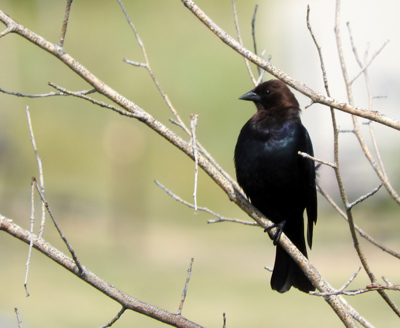
Male Brown-headed Cowbird
photo by the Telfords
|
Take the Brown-headed Cowbird. This bird is a parasite,
dependent upon the efforts of the more honest, hard working birds. Instead of
building a nest, it will lay its egg in the nest of another bird, occasionally
shoving one or two eggs out to make room. If the bird whose nest has been
invaded recognizes the egg as one that is not it’s own, it can take measures.
The Yellow Warbler, being a small bird, will build an entirely new nest above
the old nest. Bigger birds will destroy the egg. The real problems begin when
the bird doesn’t realize the new addition that’s been made to its family.
Brown headed cowbird chicks are super selfish. Their eggs are evolved to hatch
quickly so they can have a monopoly on the food and grow a lot bigger than its
foster siblings. Even after the other eggs hatch they will still eat all of the
food, because birds have a habit of feeding whoever is cheeping the loudest, and
cowbird chicks are like noisy teenagers that are always hungry. If the chick
isn’t content with waiting for its siblings to slowly starve, it will
“encourage” the other birds to get an early start with their flying. “Sorry Mom,
I guess Jerry wasn’t ready, but he asked me to help.” Poor Jerry. You will be
remembered by your parents for about three seconds before their adopted child
asks what’s for dinner.
It is funny that brown-headed cowbird chicks can grow to be much bigger than
their foster parents. It’s curious that they don’t notice. You’d think it would
be obvious, but I guess they’re in a state of denial. Good thing cowbirds don’t
live in Egypt. Feel free to groan.
Once the parasitic bird has grown up, it packs its bags and leaves its loving
parents to pursue a life of crime. If it’s a male, it will have an iridescent
blue body topped by a shiny brown head. The females are the typical boring brown
birds that they always are. The male and female will meet, and the female will
lay an egg in some other bird’s nest. Such a good mom.
Brown-headed cowbirds have been successful in increasing their numbers through
decreasing the numbers of other birds. The Kirtland’s Warbler’s numbers were
brought down severely partly because of brown-headed cowbirds and their violent
tendencies towards their host families. At least the cowbirds are endemic. Can
you imagine what sort of chaos they would cause if they were released in another
country?
Brown-headed cowbirds have proven themselves to fool other bird species for
years and years. Perhaps if you want to fool your friends this Halloween, you
should dress as a brown-headed cowbird and claim to be a song sparrow or yellow
warbler. You’ll be about as successful as a brown-headed cowbird in a yellow
warbler nest. But it will be fun.
References:
allaboutbirds.org
|
|
|
|
|
Field Trip Reports
|
|
|
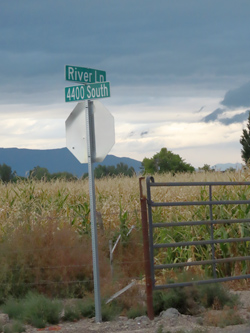
18 September 2021
River Lane / Sandy Beach Field Trip
by Suzi Holt
On
Saturday we started our field trip to River Lane/Sandy Beach around 8:15 am.
Just as we got to where the river meets the dirt road we jumped out of our
cars and it started to rain. We first off saw a Great-horned Owl! The
rain got worse so we decided to head to the beach. Shorebirds and waterfowl
don't mind getting wet!
|
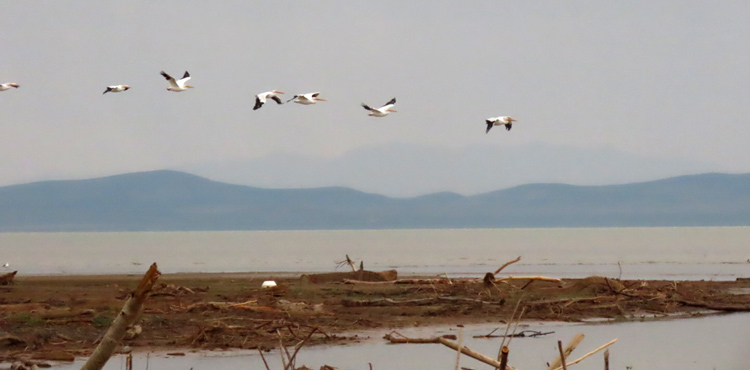 |
|
It continued to rain cats and dogs. We saw 100's of American White
Pelicans and 100's of Barn Swallows. We had a couple of Osprey
flyover, a few Double-crested Cormorants, Mallards, Cinnamon Teal,,
Killdeer, lots of California Gulls and a few Franklin's Gulls,
two Snowy Egrets, two Great Blue Herons, a Yellow-rumped
Warbler, Lincoln's, Song and White-crowned Sparrows, an
American Kestrel and some peeps.
|
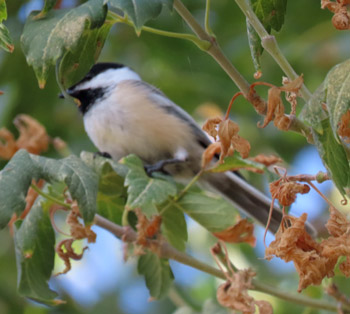 |
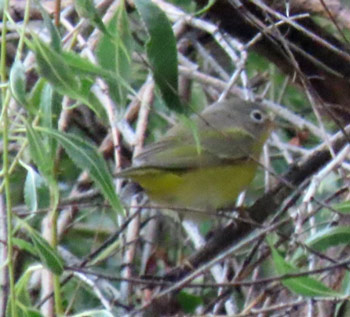 |
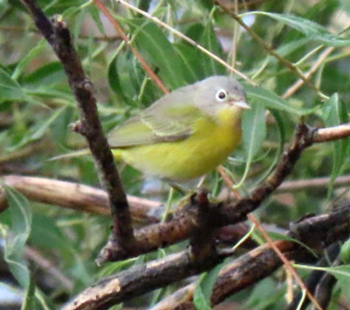 |
|
The rain continued to pour and
before long everyone was soaked and decided to go home. As I was sitting in
my car on River Lane putting in my checklist the rain stopped. I sat there
with my window down and I started hearing the birdsong! In one tree I had
Black-capped Chickadees, Nashville Warbler, Gray Catbird,
Yellow-breasted Chat, House Wren and a couple Spotted Towhees. |
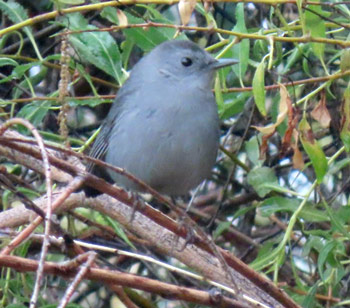 |
 |
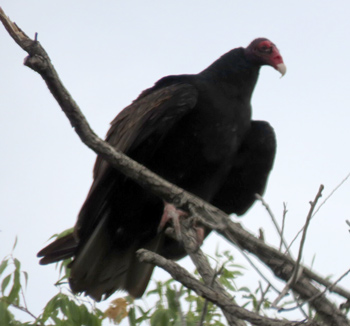 |
|
Down the road I saw more Yellow-rumped
Warblers, American Robins, Common Nighthawk, Turkey Vultures, Red-tailed
Hawk, Western Wood Pewee, Downy Woodpecker, Mourning Doves, more
White-crowned Sparrows, a Orange-crowned Warbler, Tree and
Cliff Swallows and a Black-billed Magpie I even heard a
Western Meadowlark and California Quail.
|
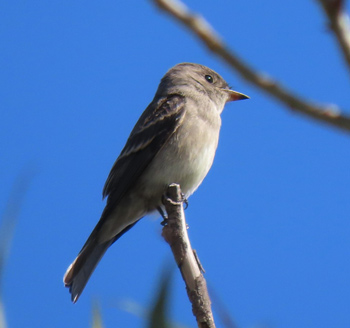 |
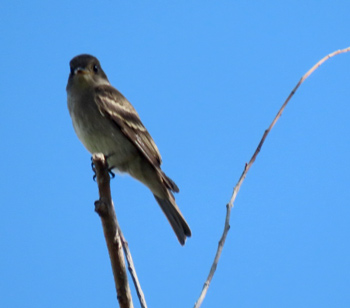 |
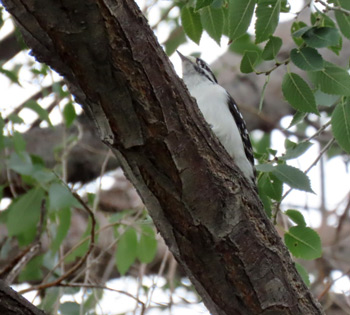 |
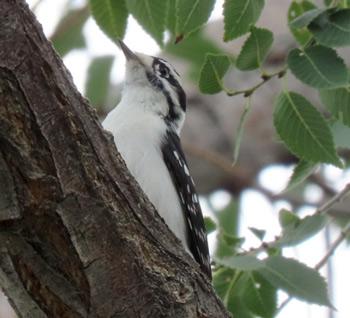 |
|
Sometimes there is gold at the end of the rainbow. I am grateful for those
who came and for the opportunity to get out.
|
|
|
|
|
|
|
If you have had any interesting
field trips on your own this month,
feel free to write a report for the newsletter!
(Send it to:
ucbirders@utahbirds.org)
|
|
|













